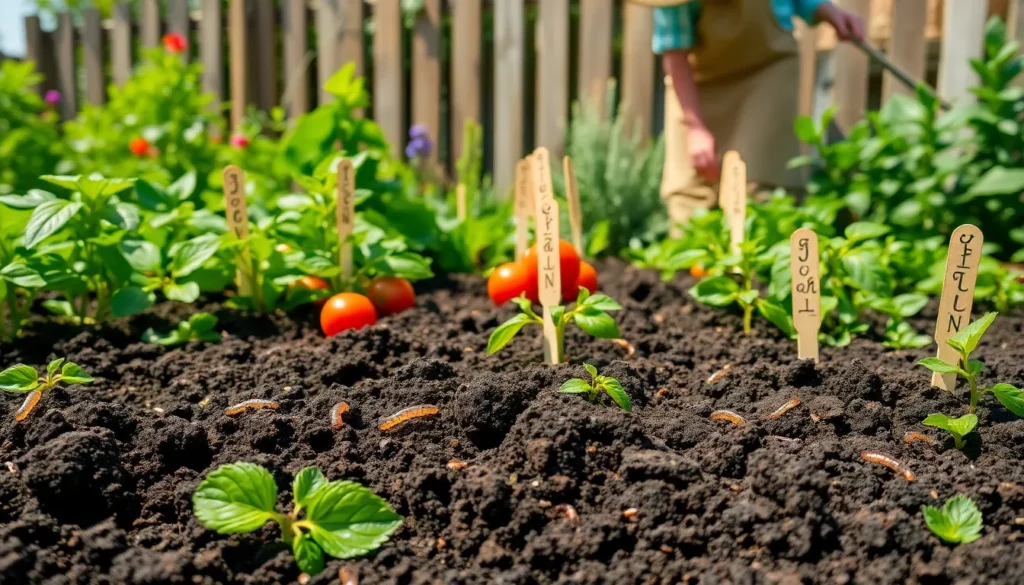Gardening is a journey filled with discovery and delight, whether you’re just starting out with your first seedling or you’re a seasoned green thumb. One of the most thrilling aspects of growing your own vegetables is the satisfaction that comes from nurturing your plants and watching them flourish, right from the soil up. In this guide, we’ll unveil the secrets to choosing the best soil for your vegetable plants, ensuring a bountiful harvest and a garden that thrives with life.
For both beginners eager to get their hands dirty and experienced gardeners seeking to refine their craft, understanding soil is key to unlocking your garden’s full potential. The right soil not only boosts plant health but also enhances flavor and yield, giving you a kitchen full of fresh, homegrown produce. With our practical tips and expert insights, you’ll gain the confidence to create the ideal growing environment, transforming your garden into a vibrant oasis of abundance and joy.
Carrot (Nantes)
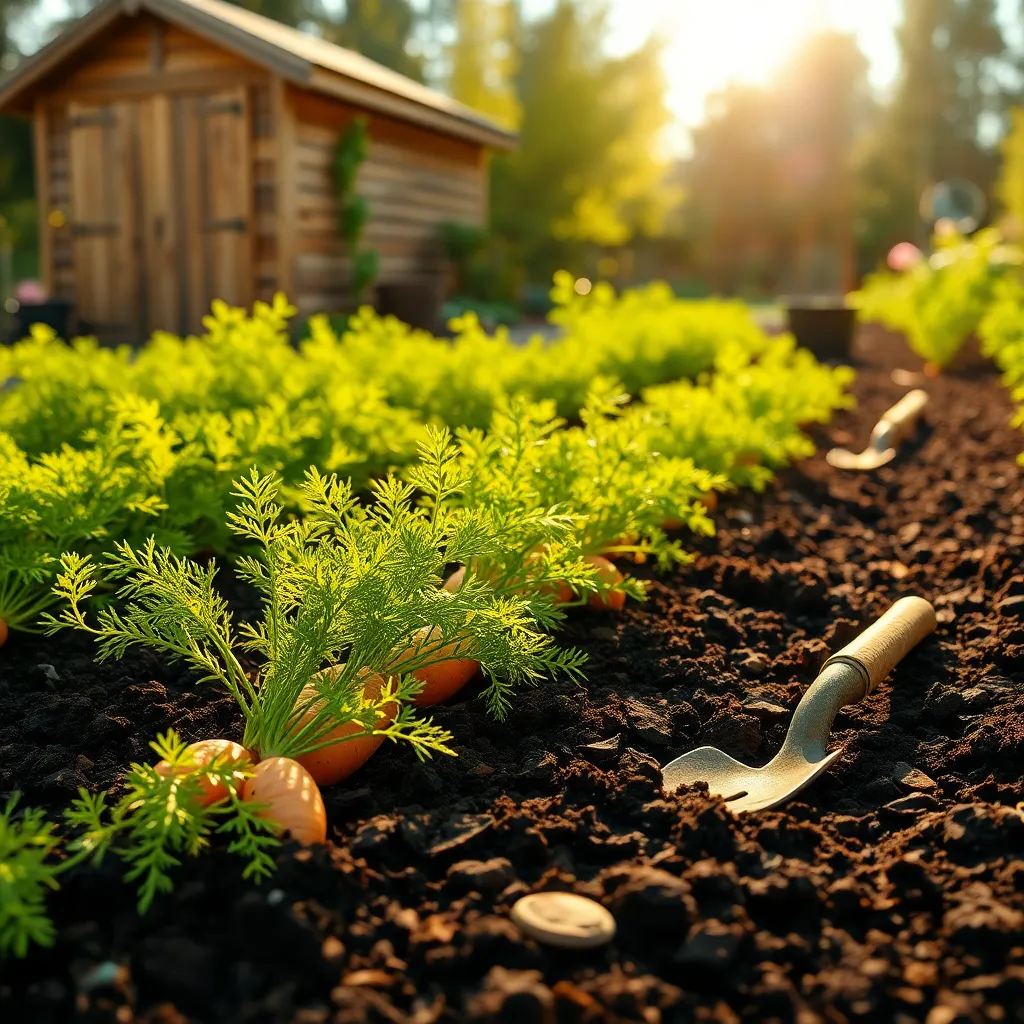
The Nantes carrot is known for its sweet taste and cylindrical shape, making it a popular choice for home gardens. To achieve the best results, it is essential to plant them in **loose, sandy loam soil** that is rich in organic matter.
Ensure the soil is well-draining, as carrots do not thrive in waterlogged conditions. To prevent compacted soil, consider using raised beds or adding plenty of compost to improve aeration and **nutrient availability**.
Before planting, test the soil pH and aim for a range of **6.0 to 6.8**, which is optimal for carrots. If your soil is too acidic, incorporate lime to adjust the pH, or use sulfur to reduce alkalinity if necessary.
As carrots are root vegetables, they require consistent moisture to grow properly. Water them regularly, especially during dry spells, ensuring the top layer of soil remains moist but not soaked to promote **even growth**.
For those with more experience, try succession planting every three weeks to ensure a continuous harvest throughout the growing season. This technique can help you maximize your yield and enjoy fresh Nantes carrots for an extended period.
Lettuce (Buttercrunch)
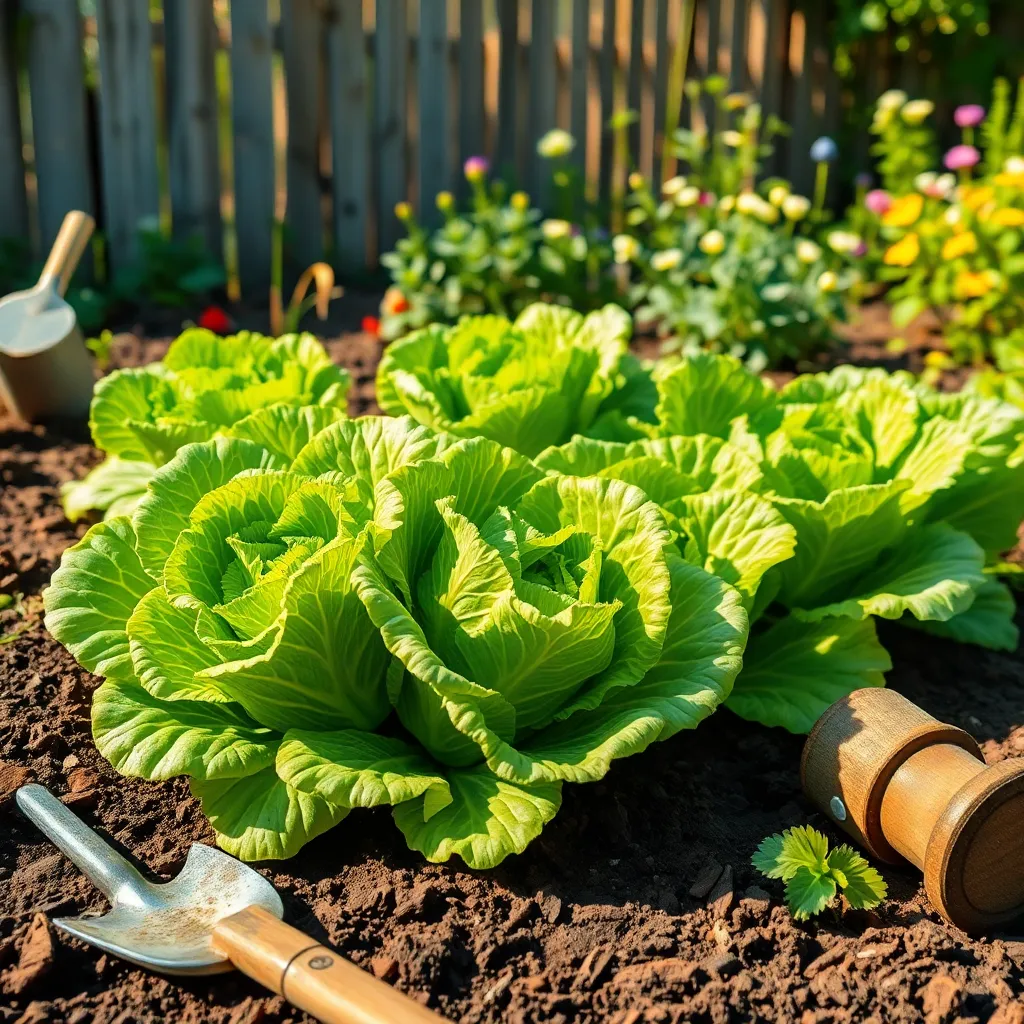
Lettuce, particularly the ‘Buttercrunch’ variety, thrives in soil that is rich in organic matter and well-draining. Loamy soil, which retains moisture without becoming waterlogged, is ideal for this tender leafy green.
To prepare the perfect spot for Buttercrunch lettuce, start by incorporating compost or aged manure into your garden bed. This practice not only enriches the soil with nutrients but also enhances its texture, making it more conducive for lettuce growth.
Maintaining a consistent watering schedule is crucial for lettuce, as it prefers evenly moist soil. Use a gentle spray nozzle to water the plants deeply, ensuring they receive about an inch of water weekly, adjusting for rainfall.
For advanced gardeners seeking higher yields, consider using mulch around the base of the plants. Mulching helps retain soil moisture and suppresses weeds, allowing your Buttercrunch lettuce to thrive without competition.
Tomatoes (Roma)
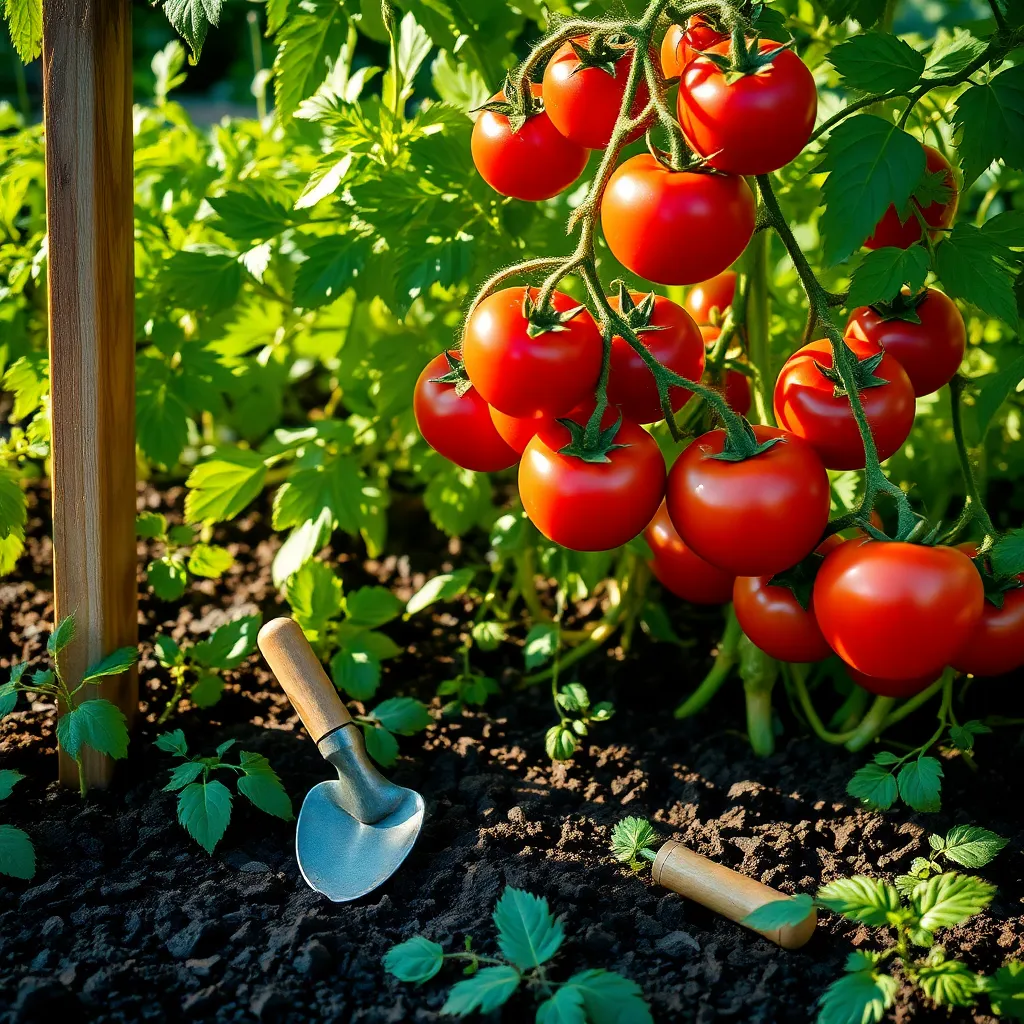
Growing Roma tomatoes successfully begins with choosing the right soil, as it affects the plant’s health and fruit production. Aim for a well-draining soil with a pH between 6.0 and 6.8 to provide the best environment for Roma tomatoes.
To enhance soil fertility, consider blending compost or well-rotted manure into your planting area a few weeks before planting. This organic matter will enrich the soil, improving moisture retention and nutrient availability.
When planting Roma tomatoes, ensure they receive at least six to eight hours of direct sunlight each day. This amount of sunlight will encourage robust growth and increase fruit yield.
For gardeners seeking advanced tips, consider using a mulch layer around the plants to conserve moisture and suppress weeds. Additionally, employing a drip irrigation system can provide consistent moisture, helping to prevent blossom end rot and other moisture-related issues.
Zucchini (Black Beauty)
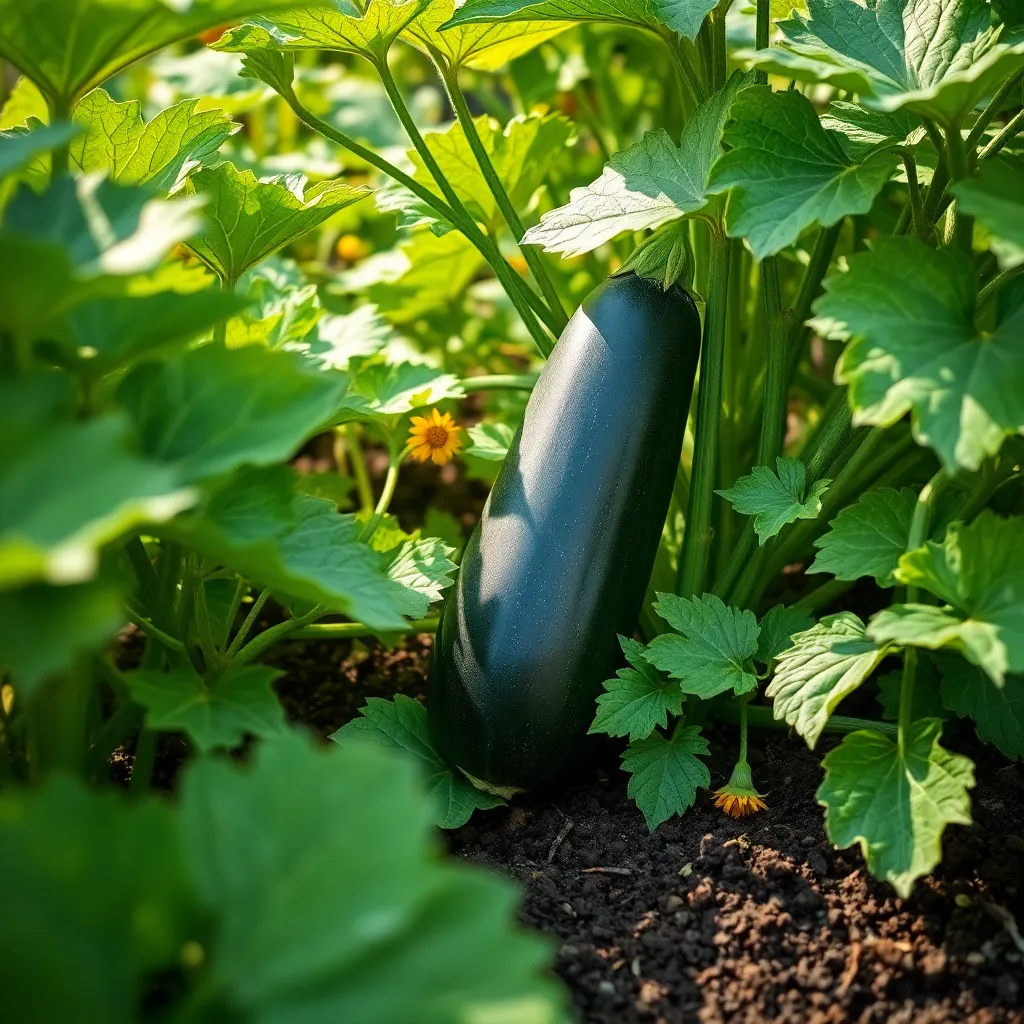
The ‘Black Beauty’ zucchini thrives best in rich, well-drained soil with a pH level between 6.0 and 7.5. To achieve this, mix in plenty of organic matter like compost or rotted manure, which will also help retain moisture while providing essential nutrients.
When planting zucchini, it’s crucial to ensure the soil is warm, ideally between 70°F and 95°F, to promote healthy germination. You can speed up this process by covering the planting area with black plastic a few weeks before planting to trap heat.
Consistent watering is key, with zucchini needing about 1 inch of water per week. Use a soaker hose or drip irrigation to water at the base of the plants, minimizing the risk of fungal diseases that can occur with overhead watering.
For those looking to maximize yield, consider employing succession planting every two weeks during the growing season. This technique ensures a continuous supply of fresh zucchini and can also mitigate the impact of pests and diseases.
Cilantro (Santo)
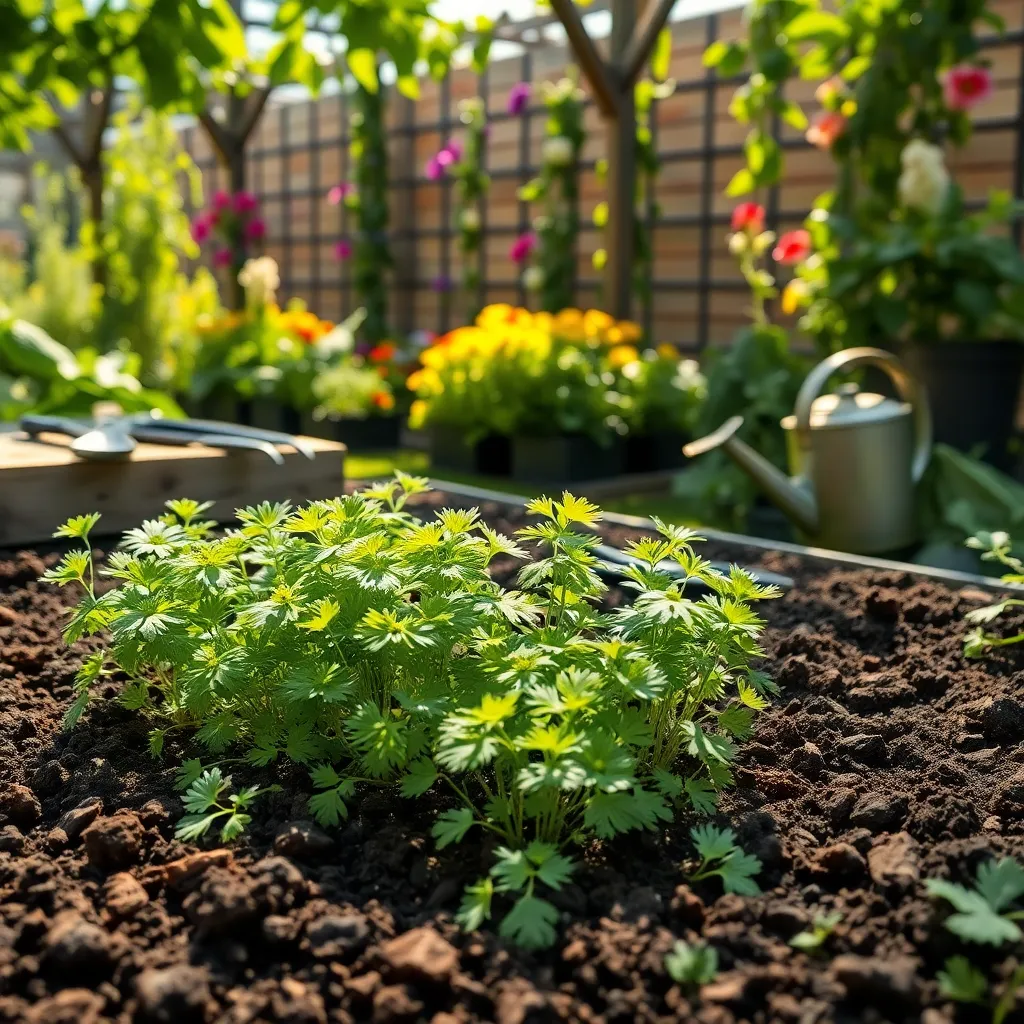
When cultivating Cilantro (Santo), choosing the right soil is crucial for thriving plants. These herbs prefer a well-draining, loamy soil with a pH range of 6.2 to 6.8, ensuring optimal nutrient uptake for lush growth.
Amending the soil with organic matter such as compost or well-rotted manure can significantly enhance its fertility and drainage. This addition not only enriches the soil with essential nutrients but also improves its overall structure, promoting healthier root development.
While cilantro enjoys moderate moisture, it’s important to avoid waterlogged conditions that can lead to root rot. A consistent watering schedule, approximately once or twice a week depending on the weather, helps maintain the right balance of moisture.
For advanced gardeners, consider using a mulch layer around the plants to retain soil moisture and suppress weeds. Additionally, rotating cilantro with other crops can help prevent soil-borne diseases, ensuring a bountiful harvest season after season.
Conclusion: Growing Success with These Plants
In exploring the fertile ground of cultivating thriving relationships, we delved into five essential concepts: understanding each partner’s needs, fostering open communication, nurturing mutual respect, cultivating trust, and embracing growth together. These elements form the bedrock of any flourishing partnership, much like the perfect soil for your vegetable garden. By applying these principles, relationships can grow stronger and more resilient, ready to weather any storm.
As an immediate next step, take a moment today to have an open conversation with your partner about one of these key concepts. Choose an area where you both can nurture improvement and commit to taking action together. This small, intentional effort can yield substantial growth in your relationship.
Remember, relationships are ever-evolving, and having quick access to this guide can make all the difference. Save or bookmark this article to revisit these vital insights whenever needed. By doing so, you’re investing in an enduring partnership, rooted in understanding and trust.
Looking ahead, envision a relationship that not only survives but thrives, continually blossoming through intentional care and commitment. You have the tools—now nurture your relationship into something truly remarkable.

